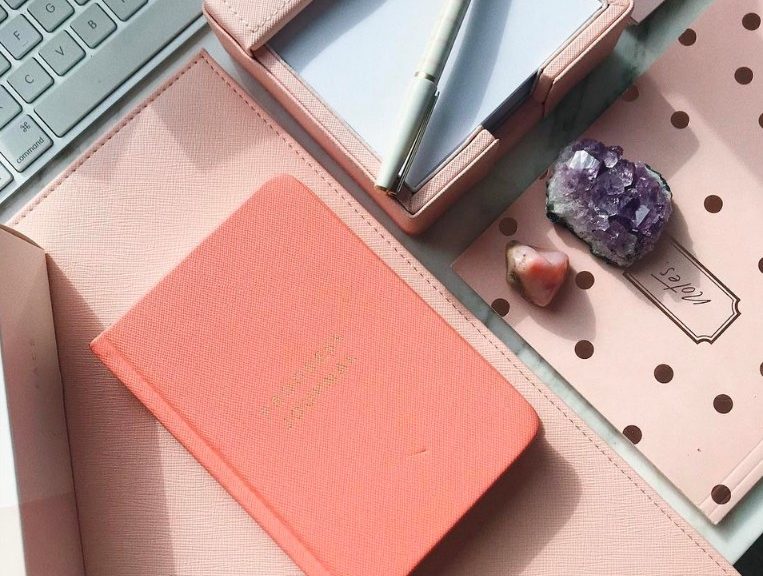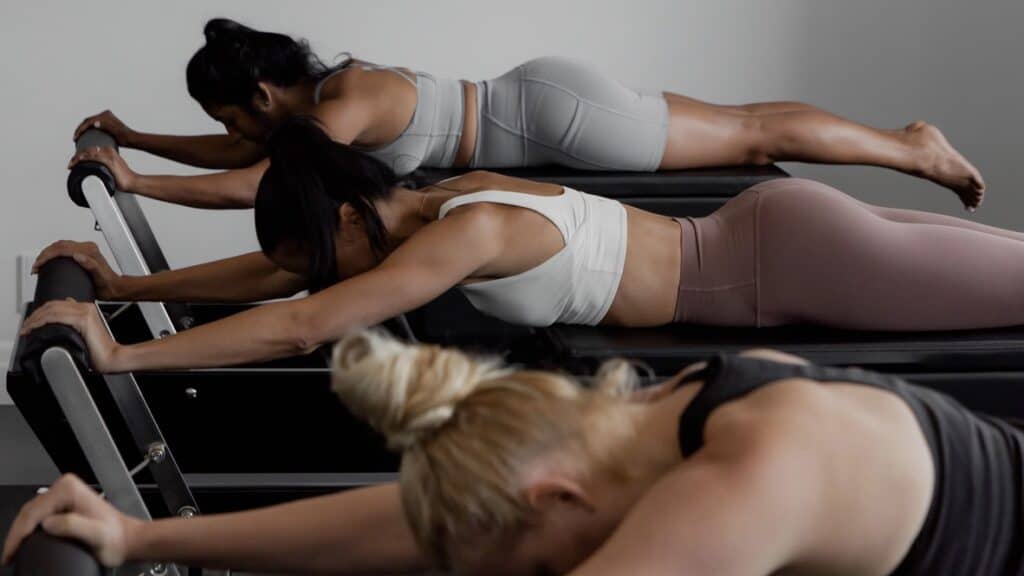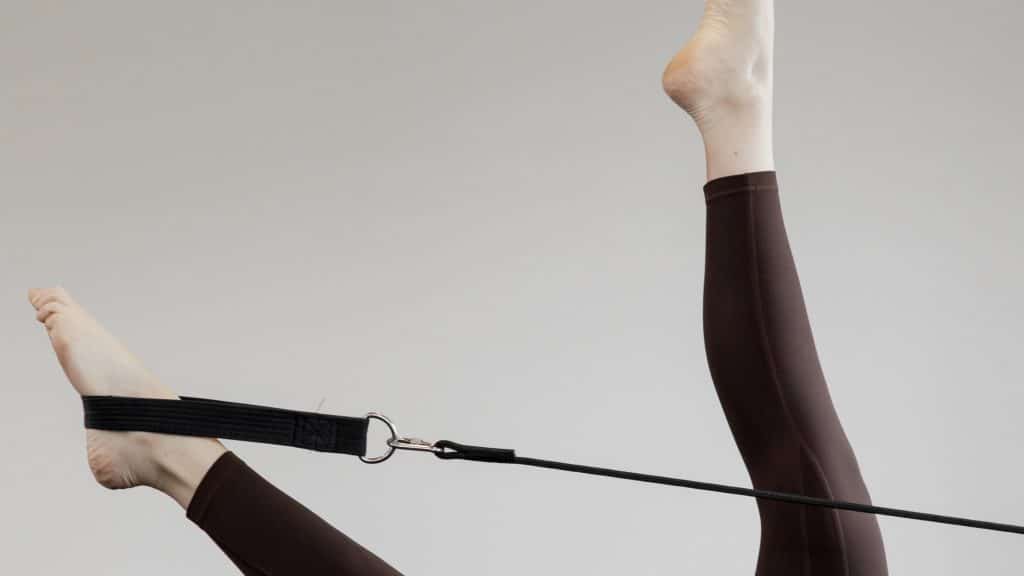Nothing says “new year, new you” like a resolution. You’ve probably been planning the person you’re going to become in 2018: Five kilograms lighter! Volunteering twice a week! Blending green smoothies every day! Meditating every 12 hours! Fluent in French! Until you get to February that is, when most resolutions are broken. That’s because the entire concept of setting a resolution is flawed – and sets you up for failure. Instead, try setting intentions.
Fans of the intention-setting New Year ritual say that resolutions are inherently limiting. Meanwhile deeper intentions are generated for your soul’s growth and to raise your awareness – a positive intention will naturally spur positive action, without limiting yourself. For this reason, resolutions really only work for short-term goals (I’m going to eat a healthy salad for lunch today), but aren’t going to carry you through a full year unless you go deeper. Resolutions such as “I want to lose weight” can also feel negative and trigger self-criticism – more like a nagging reminder of our weaknesses than motivation to make positive change!
Intentions should feel more positive and adaptable to your life as it changes throughout the year. Meditation teacher and cofounder of The Broad Place, Jacqui Lewis, explains: “Intentions are fluid and dynamic in nature, and they can be upgraded or changed if needed.”
Need more detail? Keep scrolling to learn how to set intentions rather than resolutions this New Year.
REVIEW THE YEAR THAT HAS BEEN.
Put aside a few hours with this task, and kick off with a meditation. Lewis explains that from this investigative work, we “expand our conscious state” and have a better understanding of how we feel about the previous year.
She suggested first celebrating what went well so that you can carry these things into the next year. Ask yourself the following questions: Where did you feel in flow? When were your preferences met, and you felt quenched? What made you feel elevated? When did you feel like you could explode with happiness?
Next, ask yourself the questions of what didn’t go so well? Ask yourself: How did I get into those situations? What did I contribute to them? What am I resisting? Did I act without creating friction? Was the experience binding? How do I now move on?
BEGIN WITH A THEME.
“A great way to set intentions is to begin with a theme for the year,” Lewis suggested. Consider how you want to feel throughout the year. Define it, write it down, and let that feed the intentions you set.
Set intentions focused on the present.
Making big plans for yourself and setting lofty goals can be great, but sometimes focusing too strongly on the future takes the emphasis away from the present moment. Intentions are less about smashing through your list of goals and more about how you plan to enjoy each moment. Whereas a resolution might be “meditate five times a week for 10 minutes each” instead you could set the intention to “develop a calm mind.” Similarly, the resolution to “quit eating dessert” could be expressed as the more positive and fluid intention, “live more healthily.”
TAKE ACTION.
Now that you have reviewed your year and set intentions, it’s time to put in the work. Lewis recommends a regular meditation practice – twice daily, if you can – on your intentions to help bring them to fruition.
Guest Writer: Jasmine Garnsworthy
Image: @jasminegarnsworthy

Jasmine Garnsworthy is an Australian freelance writer, editor, and content producer based in New York City. She produces wellness, natural beauty, and style content that reaches tens of millions of people across multiple industry-leading publishers, including STYLECASTER, POPSUGAR, Allure, Sporteluxe, Refinery29, Racked, Byrdie, Mamamia.com.au, and News.com.au. Jasmine has also worked with brands such as Revlon and Bupa on content production and strategy. She is also the founder of customised natural beauty brand, The Buff.






